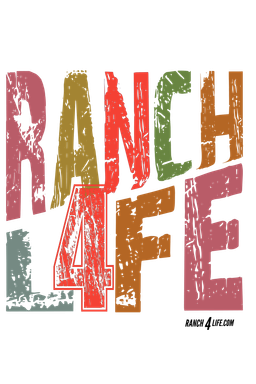Title: A Delectable Journey
Tracing the History and Evolution of Ranch Dressing
Abstract: Ranch dressing, with its creamy texture and flavorful blend of herbs and spices, has become a staple condiment in kitchens and restaurants worldwide. Despite its ubiquity, the origins and development of ranch dressing remain intriguing and multifaceted. This paper delves into the rich history of ranch dressing, exploring its inception, evolution, cultural impact, and enduring popularity.
Introduction: Ranch dressing's journey from obscurity to mainstream prominence is a testament to its unique flavor profile and versatile applications. This paper aims to uncover the origins of ranch dressing, examine key moments in its development, and analyze its cultural significance.
Origins of Ranch Dressing: The story of ranch dressing begins in the early 1950s on a ranch in Santa Barbara, California. Steve Henson, a plumber turned cowboy, and his wife, Gayle, concocted the original recipe for what would later be known as ranch dressing. Their creation was born out of necessity, utilizing ingredients readily available on the ranch, including buttermilk, mayonnaise, and a blend of herbs and spices. The Hensons initially served the dressing to guests at their Hidden Valley Ranch, where it quickly gained popularity.
Commercialization and Spread: Recognizing the potential of their creation, the Hensons began packaging and selling ranch dressing mix to local markets. In 1972, they sold the brand and recipe to Clorox, leading to nationwide distribution and the commercialization of ranch dressing. Its creamy texture and tangy flavor resonated with consumers, leading to widespread adoption in homes and restaurants across the United States.
Cultural Impact: Ranch dressing's rise to prominence coincided with changing culinary preferences and the growing popularity of American fast food. Its versatility made it a favorite accompaniment for salads, vegetables, chicken wings, and even pizza. Ranch dressing became emblematic of American cuisine, with its creamy texture and tangy flavor appealing to a broad audience.
Evolution and Variations: Over the years, ranch dressing has undergone numerous variations and adaptations to suit diverse tastes and dietary preferences. From low-fat and vegan versions to spicy and flavored varieties, the options for ranch dressing are endless. Its adaptability has contributed to its enduring popularity and continued relevance in modern culinary trends.
Ranch Dressing in Popular Culture: Ranch dressing's cultural impact extends beyond the kitchen, permeating popular culture through references in television shows, movies, and advertising campaigns. Its association with comfort food and indulgence has made it a symbol of Americana, while its versatility has cemented its status as a culinary staple.
Conclusion: Ranch dressing's journey from a humble ranch kitchen to supermarket shelves worldwide is a testament to its enduring appeal and cultural significance. Its origins, evolution, and widespread adoption reflect broader trends in American cuisine and consumer preferences. As ranch dressing continues to evolve and adapt to changing tastes, its place in culinary history remains secure.
References:
- Smith, Lisa K. "Ranch Dressing: The Story Behind the American Condiment." Food & Wine, 2018.
- Spurlock, Morgan. "Supersize Me." Documentary Film, 2004.
- Hidden Valley Ranch. "About Us." https://www.hiddenvalley.com/about-us/.
- Miller, William Ian. "The Ranch Dressing Revolution." Gastronomica, vol. 12, no. 3, 2012, pp. 77-89.
We need your consent to load the translations
We use a third-party service to translate the website content that may collect data about your activity. Please review the details and accept the service to view the translations.

